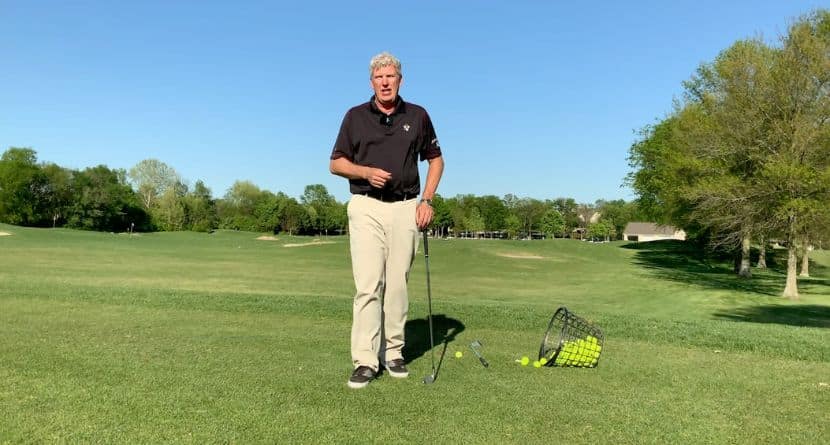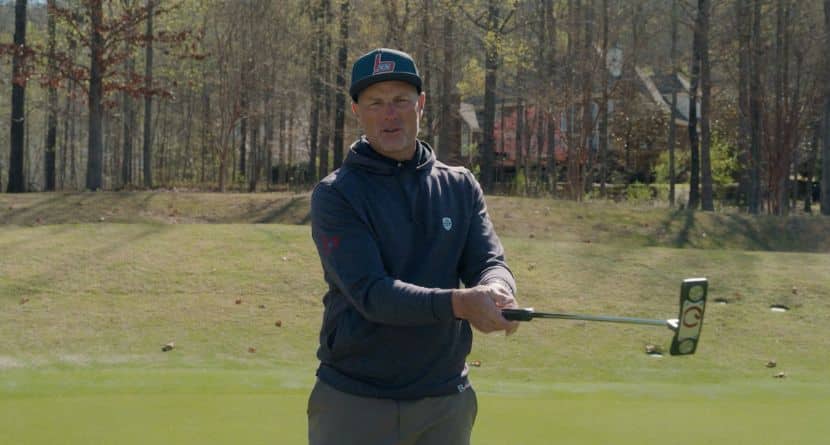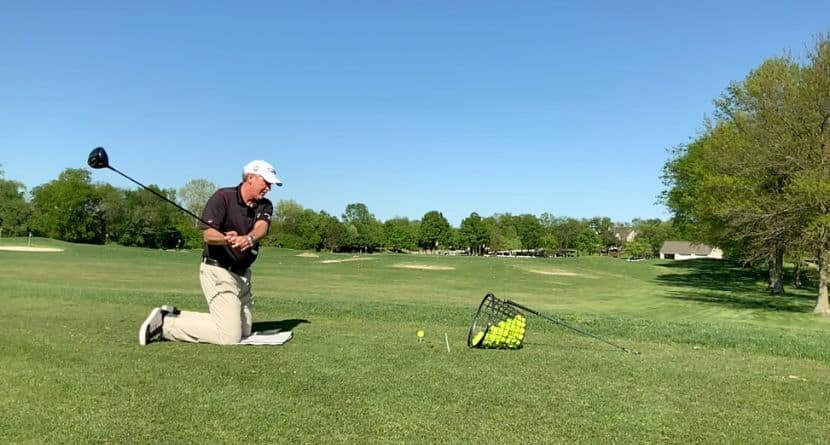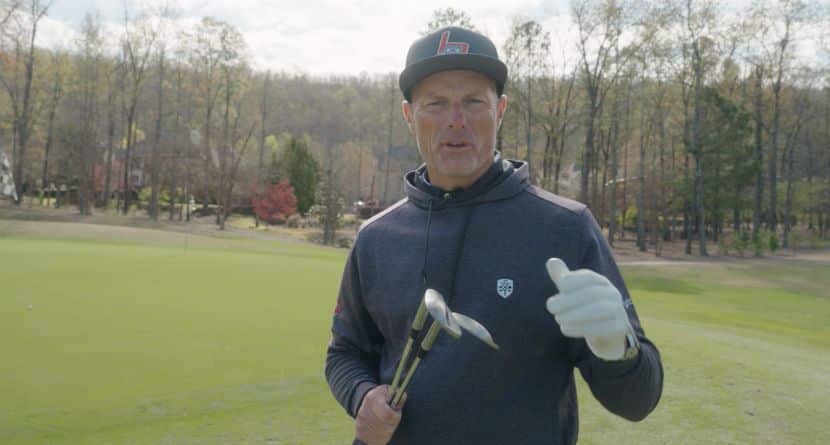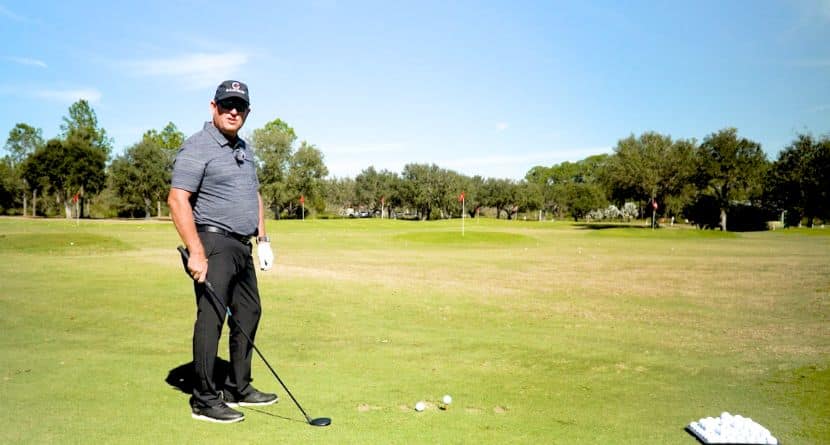Many golf fans know Johnny Miller as the cantankerous overseer of Tour events, always judging and abhorring shots which could have been executed better. Miller vexes many, insisting on pronouncing par-4s as a ‘four pars’ and his career as a broadcaster has overshadowed the career he had inside the ropes.
Miller, noted as having the straightest ball flight in golf, used his ball-striking prowess to capture two major championships and 23 other Tour events. Johnny was the first player to shoot 63 in a major championship. A final round of 8-under par was good enough to pass the likes of Jack Nicklaus, Arnold Palmer, Lee Trevino and Gary Player. That’s right, he started the final round of the 1973 U.S. Open Championship trailing the leaders by six shots and went on to win!
Play like this gives Miller the confidence to not hold back when critiquing the play of current professionals. Also giving Miller confidence is his understanding of the swing and the relationship the clubface position at impact has to the ball flight.
In the video below, we see Johnny talk about one of his favorite drills. This is an excellent drill to better understand what they are doing heading into and at impact. Furthermore, it builds a relationship between what you as a player may be feeling when trying to hit a fade, for example, and what your arms, hands, and clubface are actually doing during the downswing.
To perform the drill properly, lift the club slightly off the ground and raise your swing path so you will not contact the ball or spot on the turf that represents the impact point. Make a smooth backswing and transition — we suggest making swings at ¾ speed. Emphasize the swing motion you would want to execute if hitting a draw/fade/straight shot.
Hold the impact position and register visually where the clubface actually is pointing, where your forearms and hands are. First, you should judge the mechanics and observe if the pieces are in the proper position to hit the desired shot. Secondly, if you are in a solid position for the desired ball flight, continue to repeat the drill to build the correlating feel that accompanies the swing motion.
Since this drill does not require actual ball striking, it can be executed very efficiently. With reps taking little time and bad shots not distracting from the overall goal of the drill, there is less of a chance to build bad habits or counterproductive practice.
Lastly, this impact drill can be done indoors and is a great addition to your off-season improvement regiment.
Like Johnny says, “Impact is where it’s at!” and he couldn’t be more right. Solving your impact position will help remedy your misses and lower your scores.


